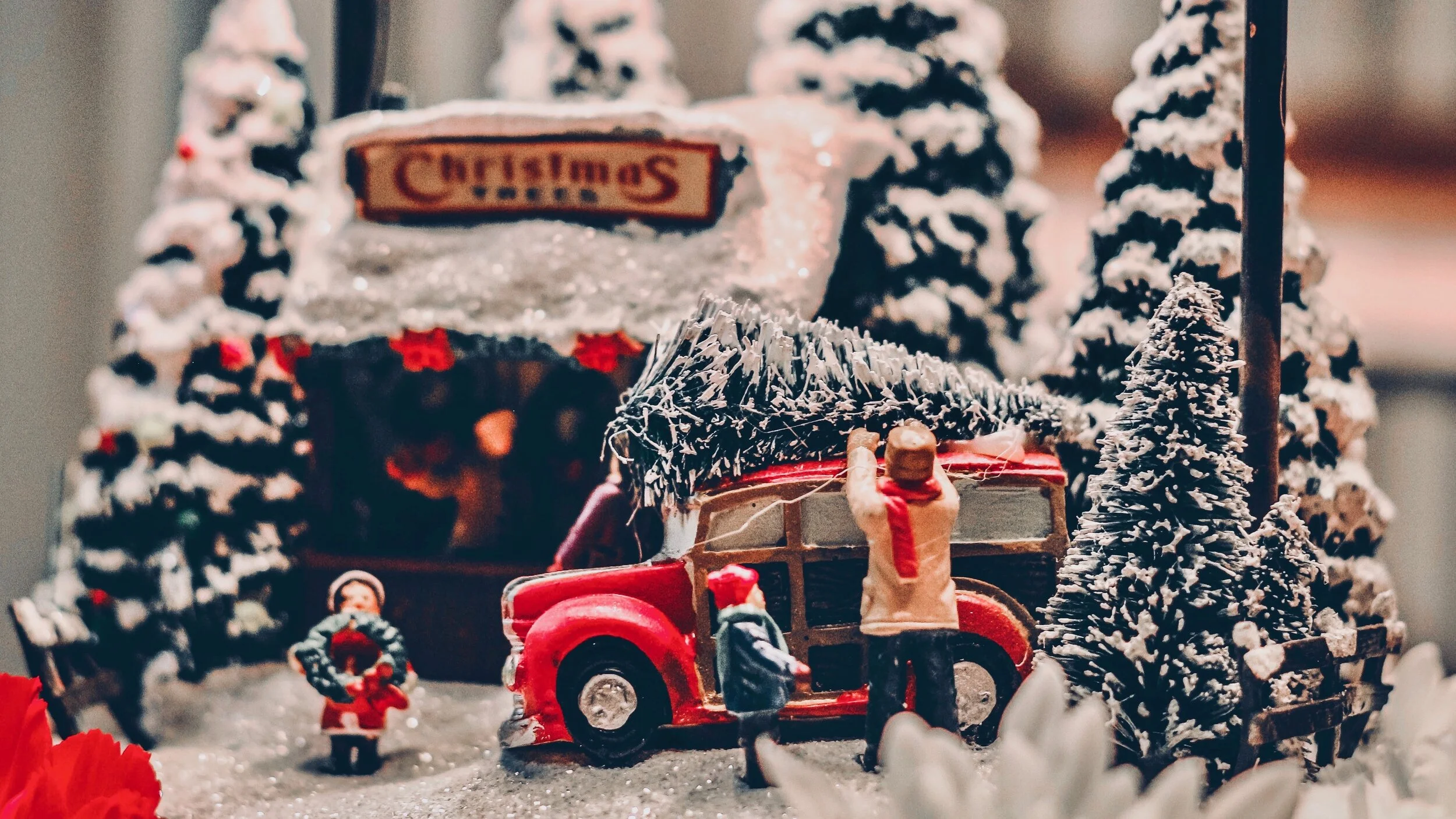Christmas is nothing without a Tree.
One of the most important symbols of
Christmas and a center piece in many homes throughout the holiday season, the mighty Christmas Tree.
Here are some tips and tricks to keep your Christmas tree healthy:
What To Buy: Our Top Selling Christmas Trees are Fraser and Douglas Firs, but you can also use Balsam Fir, Colorado Blue Spruce, Scotch Pine, Eastern Red Cedar, White Spruce and Eastern White Pine. These Christmas trees are specifically farmed for that purpose and support local agriculture. According to the National Christmas Tree Association (NCTA), 56 million trees are planted each year.
Where To Buy: If you are not cutting down your own tree, make sure you buy it from a reputable nursery like Everything Green or directly from a quality Christmas tree grower that has cut it’s trees at the last possible moment and assures the trees freshness.
How Fresh: To check a tree’s freshness, the needles should be resilient. Take hold of a branch and pull your hand toward you, allowing the needles to slip through your fingers. Most, if not all, of the needles should stay on the Christmas tree.
Needless To Say: If there are lots of needles on the ground around the trees, find a better nursery or place to purchase your Christmas tree.
Cut Off Base: At Everything Green we will cut the trees for you, however, not every nursery does this so once you arrived home and before setting your tree into its stand and water, saw a couple inches off the bottom of the trunk first. When trees are cut, pitch oozes out and seals the pores and by sawing off a couple of inches, you will open up the pores, and the tree will be able to absorb water.
Watering Is Critical: A freshly-cut tree can consume a gallon of water in 24 hours! Fill the tree stand with water, keep it filled and never let the water level go below the tree’s base.
What Kind Of Water: Most experts insist that plain old water is all you need to keep your Christmas tree fresh through Christmas. It doesn't have to be distilled water or mineral water or anything like that and the next time someone tells you to add ketchup, an aspirin or something more bizarre to your tree water, don't believe a word of it.
Best Temperature: For best placement, keep the Christmas tree away from heating ducts or other heat sources. In fact, the lower the temperature, the better your tree will do.
Create a Bird Feeder: After Christmas, string your tree with orange slices, bread, cranberry, and other bird-friendly goodies, and put it in a sheltered location.
Aromatic Yule Fire: Trim the branches from the tree, and saw the trunk into several pieces. Tie the pieces together and store the bundle in the cellar. This will make an aromatic Yule fire in your fireplace next Christmas Eve.
How to Dispose Of It: Use dried-out sprigs to ignite kindling in your fireplace or remove the branches and run the tree through a wood-chipper, then use them as mulch in your garden.





